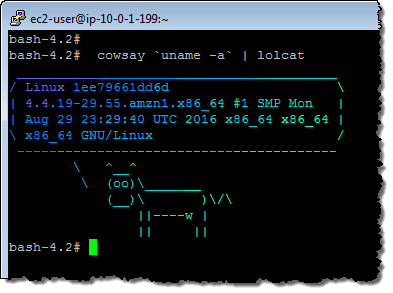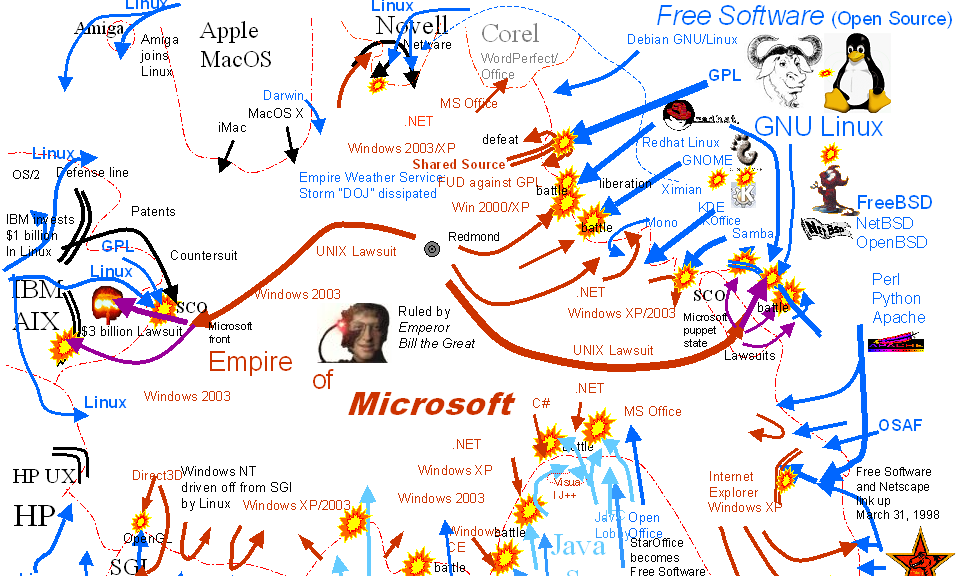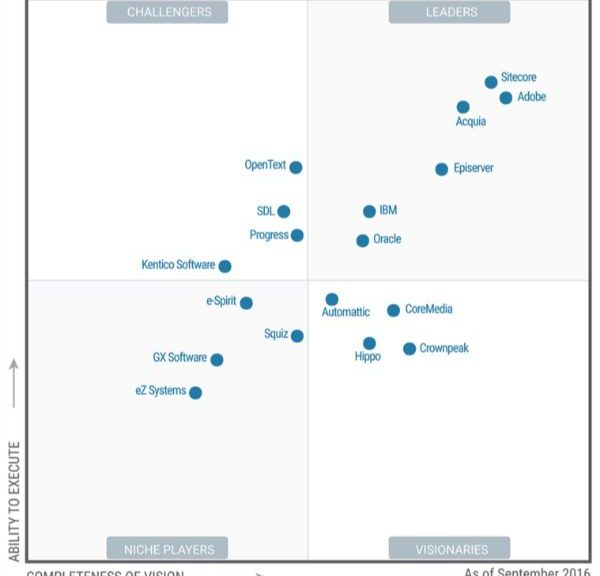More data to support Planet Nine Hypothesis

Last year, the existence of an unknown planet in our Solar system was announced. However, this hypothesis was subsequently called into question as biases in the observational data were detected. Now, Spanish astronomers have used a novel technique to analyse the orbits of the so-called extreme trans-Neptunian objects and, once again, they report that there is something perturbing them—a planet located at a distance between 300 to 400 times the Earth-sun distance.
Like the comets that interact with Jupiter.
At the beginning of 2016, researchers from the California Institute of Technology (Caltech, USA) announced that they had evidence of the existence of this object, located at an average distance of 700 AU and with a mass 10 times that of the Earth. Their calculations were motivated by the peculiar distribution of the orbits found for the trans-Neptunian objects (TNO) in the Kuiper belt, which suggested the presence of a Planet Nine within the solar system.
Using calculations and data mining, the Spanish astronomers have found that the nodes of the 28 ETNOs analysed (and the 24 extreme Centaurs with average distances from the Sun of more than 150 AU) are clustered in certain ranges of distances from the Sun; furthermore, they have found a correlation, where none should exist, between the positions of the nodes and the inclination, one of the parameters which defines the orientation of the orbits of these icy objects in space.
“Assuming that the ETNOs are dynamically similar to the comets that interact with Jupiter, we interpret these results as signs of the presence of a planet that is actively interacting with them in a range of distances from 300 to 400 AU,” says De la Fuente Marcos, who emphasizes: “We believe that what we are seeing here cannot be attributed to the presence of observational bias”.
Is there also a Planet Ten?
De la Fuente Marcos explains that the hypothetical Planet Nine suggested in this study has nothing to do with another possible planet or planetoid situated much closer to us, and hinted at by other recent findings.
Also applying data mining to the orbits of the TNOs of the Kuiper Belt, astronomers Kathryn Volk and Renu Malhotra from the University of Arizona (USA) have found that the plane on which these objects orbit the Sun is slightly warped, a fact that could be explained if there is a perturber of the size of Mars at 60 AU from the Sun.
“Given the current definition of planet, this other mysterious object may not be a true planet, even if it has a size similar to that of the Earth, as it could be surrounded by huge asteroids or dwarf planets,” explains the Spanish astronomer.
“In any case, we are convinced that Volk and Malhotra’s work has found solid evidence of the presence of a massive body beyond the so-called Kuiper Cliff, the furthest point of the trans-Neptunian belt, at some 50 AU from the Sun, and we hope to be able to present soon a new work which also supports its existence”.











